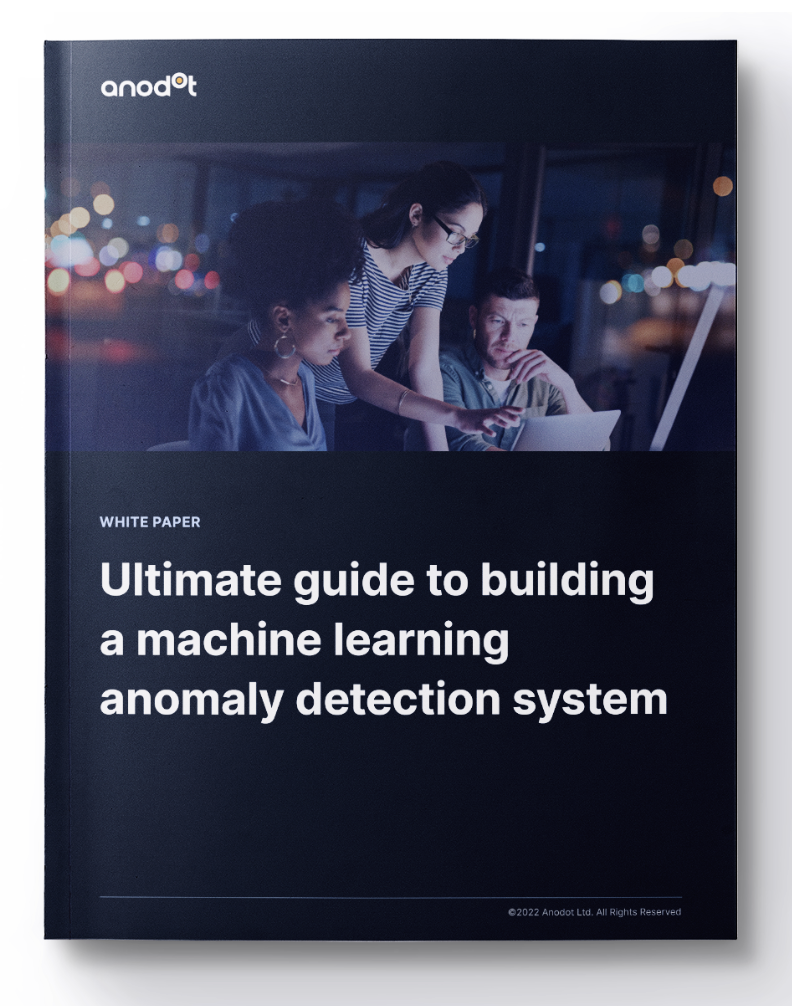Building a forecasting system is more than choosing the right algorithm — it’s about designing for accuracy, scale, and business impact.
Part 2 of our guide unpacks the design principles behind Anodot’s Autonomous Forecast system. From handling seasonal data and anomalies to model training, ensemble strategies, and business-driven bias — this is what it takes to forecast with confidence.
“There are many principles in designing an autonomous system that can affect the accuracy of a forecast. Anodot has thoughtfully considered these design principles and incorporated them into our product, Autonomous Forecast.”
What’s inside:
-
How to select and validate relevant forecasting factors
-
Avoiding the curse of dimensionality in ML models
-
The importance of seasonal pattern recognition
-
Managing anomalies in historical data
-
Why model ensembling boosts accuracy
-
When business bias in forecasting makes sense



